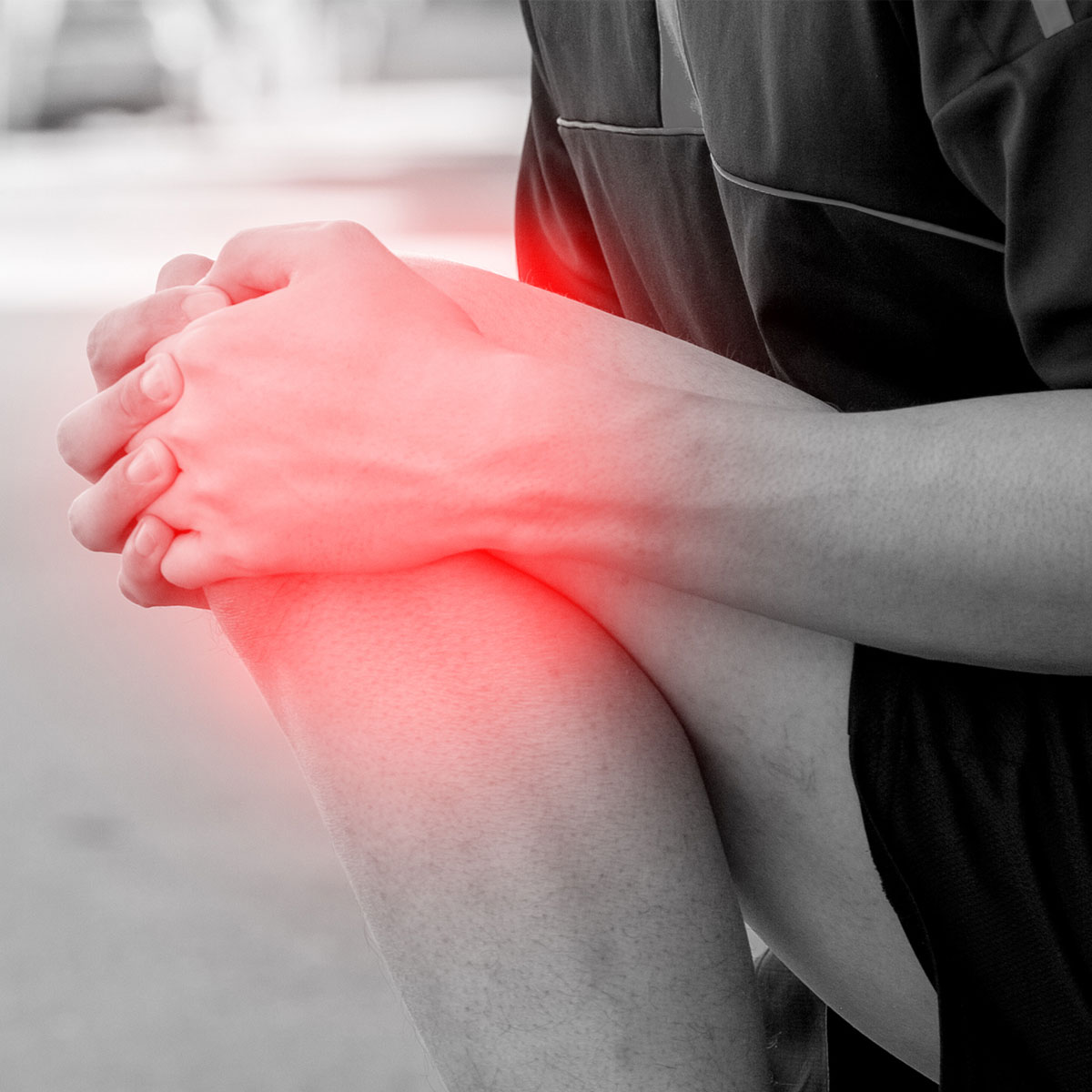- Home
- About
- Team
- FOR PATIENTS
- FOR PROVIDERS
- Newsletter Sign Up
- CONTACT
- SCHEDULE A VISIT

Shin Splints are an inflammation where muscle meets bone4, and is usually caused by overworking your shins by exercising too much too soon, without proper warm-up. Having flat feet, known as “overpronation”5; stiff arches; or a fragile hip or weak ankles can make you more susceptible.
A ligament is a band that ties the bones around the knee together. When it is pulled out too much, it can be torn, which can be caused by excess stress or a particularly hard impact7.
Treatment usually includes rest, wearing a cast or brace, and physical therapy.


